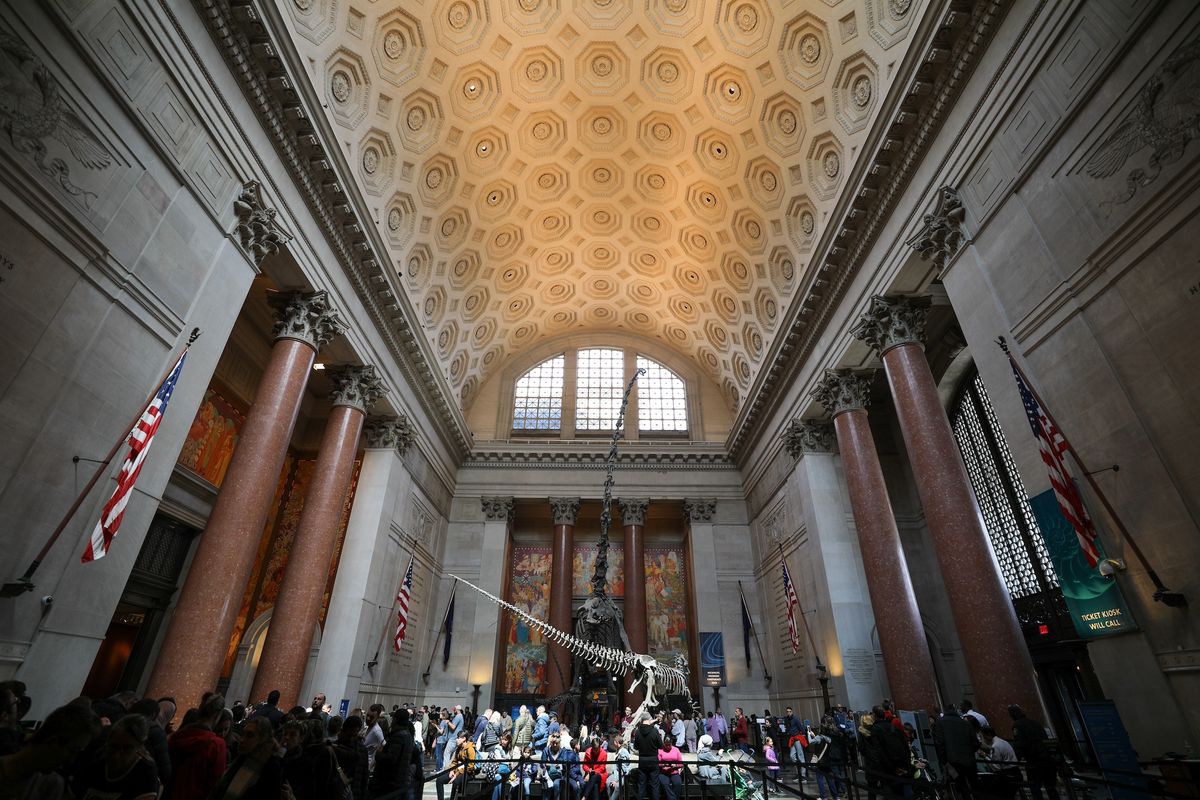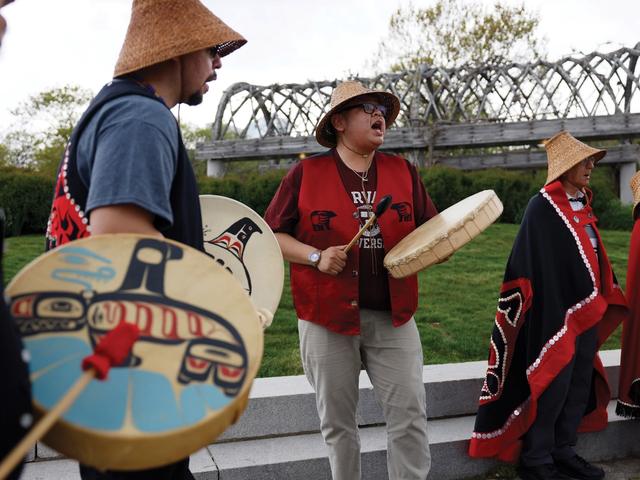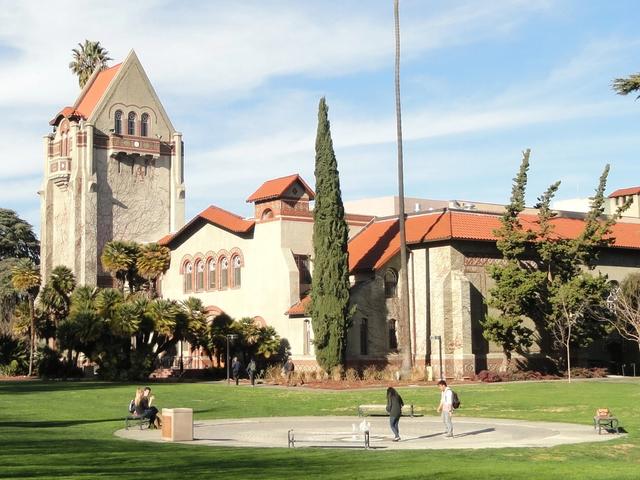As part of its efforts to return human remains and burial objects to Indigenous groups, the American Museum of Natural History (AMNH) has repatriated the remains of 124 individuals and 90 objects so far in 2024. The efforts, which have gained in urgency following the adoption earlier this year of more stringent federal regulations closing loopholes in the Native American Graves Protection and Repatriation Act (NAGPRA) of 1990, were outlined in a letter that museum president Sean Decatur sent to his staff last week and reported by The New York Times.
Among other updates to NAGPRA rules aimed at facilitating and speeding repatriation, the new regulations require museums to obtain consent from Native American tribes and nations before they can display artefacts or conduct research on them. Many museums removed objects from their displays, or covered them, in order to comply with the new regulations. The AMNH closed its Eastern Woodlands and the Great Plains galleries entirely.
In his letter, Decatur said the museum has consulted with around 50 stakeholders, received seven Indigenous delegations and completed eight repatriations so far this year. The museum is also staffing up to carry out the necessary research, consultation and repatriation work, hiring two staff specifically tasked with improving storage conditions for human remains, creating the role of director of collections programmes to focus in part on repatriation work and adding another staffer to the cultural resources office, which oversees NAGPRA compliance.
“As I’ve expressed before, the work before us will not be completed in a matter of months or even a few years,” Decatur wrote. “But, thanks to the efforts of many across the museum and outside advisors, we will continue to move forward on lasting and substantive changes to our policies, practices and approaches.”
This autumn, the museum will also roll out several public initiatives to address the work it is doing on NAGPRA compliance and repatriation. Its education department, in consultation with members of the Haudenosaunee community, is developing a new field trip for students and teachers to learn about New York’s Indigenous communities. A new exhibit outside the Hall of Eastern Woodlands will explain why the display is shuttered, provide context about NAGPRA and outline the corresponding changes the museum is making.
The AMNH’s collection includes the remains of around 12,000 individuals, approximately 25% of whom are of Native American descent. Since last October, the museum has been developing a new facility on its fifth floor to house human remains.
For decades, the AMNH and other institutions with human remains in their collections—like the Hearst Museum of Anthropology at the University of California, Berkeley and Harvard University's Peabody Museum of Archaeology and Ethnology—have faced criticisms for not moving quickly enough to repatriate those remains and related funerary objects. The Biden administration’s recent overhaul of NAGPRA was intended not only to add urgency to the process but also to remove some of the red tape museums had struggled with in their repatriation efforts.




